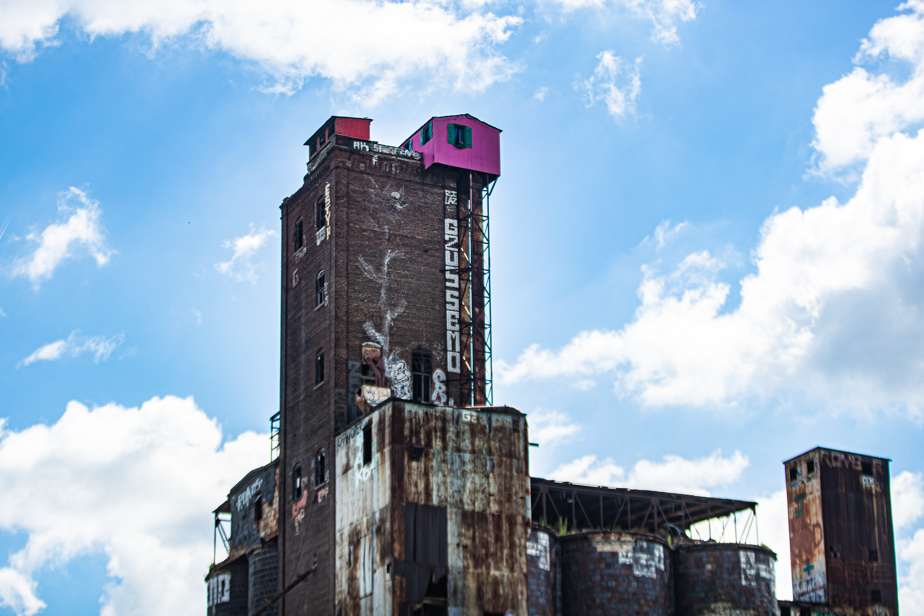A quick visit to the museum. There’s nothing like it to prepare your excursion to Saint-Henri. The Pointe-à-Callière museum presents the exhibition Saint-Henri, the heart at workuntil next May. This gives you plenty of time to delve into the origins of the neighborhood before visiting it “in real life.”
These origins are still distant. It was in 1670 that tanners settled near Glen Creek, which flowed there from Mount Royal, to process leather. The museum emphasizes that it is one of the rare Quebec villages to develop around an artisan community. And this village prospered: in 1825, there were 466 inhabitants. Nearly two-thirds of them were involved in the leather trades: they were tanners, shoemakers, saddlers.
The construction of the Turcot interchange in the 1960s caused the disappearance of the old village. However, the renovation of the structure allowed excavations to be carried out on the site between 2014 and 2020. The remains of about thirty buildings were found, including a dozen tanneries. There are also objects that are exhibited at the Pointe-à-Callière museum: tools, knives, remains of shoes and boots.

PHOTO MARIKA VACHON, THE PRESS
Small country houses built between 1864 and 1875 on rue Saint-Augustin
In the 19th centurye century, Saint-Henri began to attract other types of industries, notably thanks to its transportation routes, the Lachine Canal and new rail links. By 1875, the village had become a rapidly prosperous city, but it also had to find a way to house thousands of workers. By 1905, the city had 24,165 inhabitants and chose to be annexed to the city of Montreal. The manufacturing industry continued to boom, with big names such as Dominion Textile and Williams Sewing Machines, which specialized in sewing machines.
The exhibition presents a beautiful assortment of products that emanate from the factories of Saint-Henri. It also focuses on working life, a difficult life marked by various struggles to improve working conditions, and by prominent figures such as trade unionists Lea Roback and Madeleine Parent.
And then, from 1960 onwards, a long decline in the industrial sector began. Factories closed and moved. There were many demonstrations to protest these closures, notably in the case of Simmons, in the mattress sector, and Coleco, in the toy sector, but they did not succeed in reversing the movement.

PHOTO MARIKA VACHON, THE PRESS
One of the terraces on Notre-Dame Avenue West
And then, more recently, a new cycle is taking hold: abandoned factories are being transformed into condo buildings or industrial lofts. New, more luxurious housing is being built. However, this gentrification is not to everyone’s taste, as the exhibition reminds us: the traditional population is facing renovations, rent increases, and new businesses that no longer meet their needs.
Saint-Henri, however, continues to reinvent itself. And it’s time to take a closer look.
Ideally, you would need a tour plan. Luckily, the Société historique de Saint-Henri has put together a series of self-guided itineraries that can be purchased online or at the society’s office, at 521, place Saint-Henri, on Wednesday evenings.

PHOTO MARIKA VACHON, THE PRESS
Workers’ housing in Saint-Henri
A first brochure offers two itineraries on the general history of the district. A second brochure focuses on the factories of Saint-Henri with two itineraries. Finally, a third brochure, entitled “In the footsteps of Second-hand happiness », allows you to explore the places that inspired Gabrielle Roy to write her famous novel.
The historical society can also, upon request, organize tours with a guide for groups of 10 to 20 people.
Visit the exhibition page Saint-Henri, with heart at work
Visit the Saint-Henri Historical Society website
